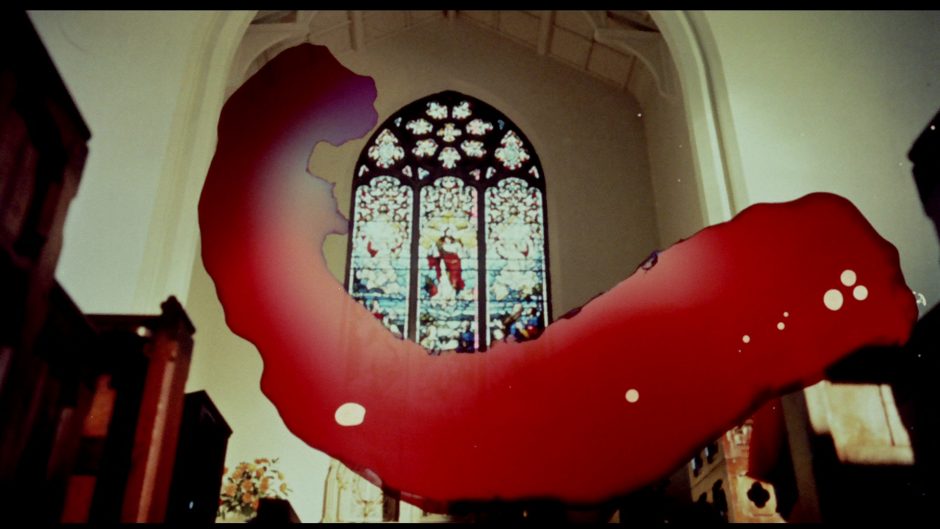Between the 19th and 21st of March 2018, academics, archivists and specialists in film colour gathered at the BFI Southbank and Birkbeck, University of London, for the Third International Conference ‘Colour in Film’ organised by the Colour Group (GB), HTW Berlin and the University of Zurich. The Eastmancolor Revolution team were there to present a ‘Work in Progress’ session at the end of day three, offering an insight into some of our findings thus far, following what proved to be another fascinating three days of colour and the moving image. As with the previous Colour in Film conferences, early colour processes featured heavily across the screenings and papers, although colour in the post-silent era also played a big part at this year’s proceedings.
Papers and screenings touched upon some of the most significant developments in colour filmmaking, from the early days of applied colour (with some stunning examples from the BFI archive introduced by Bryony Dixon on day one) right up to recent technological innovations in OLED displays and mobile devices (the BFI’s Mike Kohler presented on the history of colour television displays). Here are some of the other papers which also caught the attention of the project team:
Filmed during the Cold War in the German Democratic Republic, Agfacolor short Les aus dem Süden (1963) (screened on day one of the conference) was discussed by Josephine Diecke (University of Zurich) in relation to social identity and the cultural context of production. The film was the product of a period in which calls were being made, within such publications as Film Spiegel, for more cheerful modes of filmmaking (such as comedies and musicals) which provided a more care-free and optimistic representation of socialism and the GDR. Pleasure on the screen is shown in this film through consumerism and a shopping trip at a department store, accompanied by a song and dance routine, with colourful production and costume design replicating similar images featured in magazine advertisements.

The comparative analysis of Technicolor and Agfacolor productions of the 1930s and 1940s was the subject of the paper from Michelle Beutler (University of Zurich) who illustrated some of the key aesthetic differences between productions utilising these colour processes. Beulter demonstrated how colour lighting and shading effects employed for Technicolor features were not common to the Agfacolor films as these techniques often produced a discoloration of the image as a result of uneven lighting. The coloured filters applied to the Technicolor films of this period were also absent from the Agfacolor productions as there was a tendency towards more naturalistic colour reproduction over the impressionistic style of Technicolor which often employed these filters for dramatic emphasis.
In his presentation on the ‘Tinted Talkies’ Anthony Labbate (Preservation Manager, George Eastman Museum) illustrated that methods of applied colour did not simply vanish following the arrival of sound on film, offering a number of stunning examples of sound films with colour added in post-production; the hand colouring work of Gustav Brock for the torches wielded by the angry mob in The Vampire Bat (1933) is quite remarkable. Other examples included British sci-fi film The Day the Earth Caught Fire (1961) which employed orange tinting for a number of scenes to demonstrate the ever-increasing temperature as the planet hurtles closer to the Sun.

The introduction of Eastman Colour Negative 5247 in 1974 is central to research being conducted by Joëlle Kost (University of Zurich) who related the improved sharpness and colour of the negative to an increased use of ‘excessive’ diffusion effects in cinema of the late 1970s; with the ‘purple haze’ sequence in Apocalypse Now (1979) given as a key example of this trend. Kost’s research is of particular interest to the Eastmacolor team as we are also looking at other similar trends within this time period; we eagerly await further discoveries from this research!
Our thanks to Ulrich Ruedel, Elza Tantcheva-Burdge and Barbara Flüeckiger for organising another wonderful conference. Looking forward to Colour in Film 2019!
